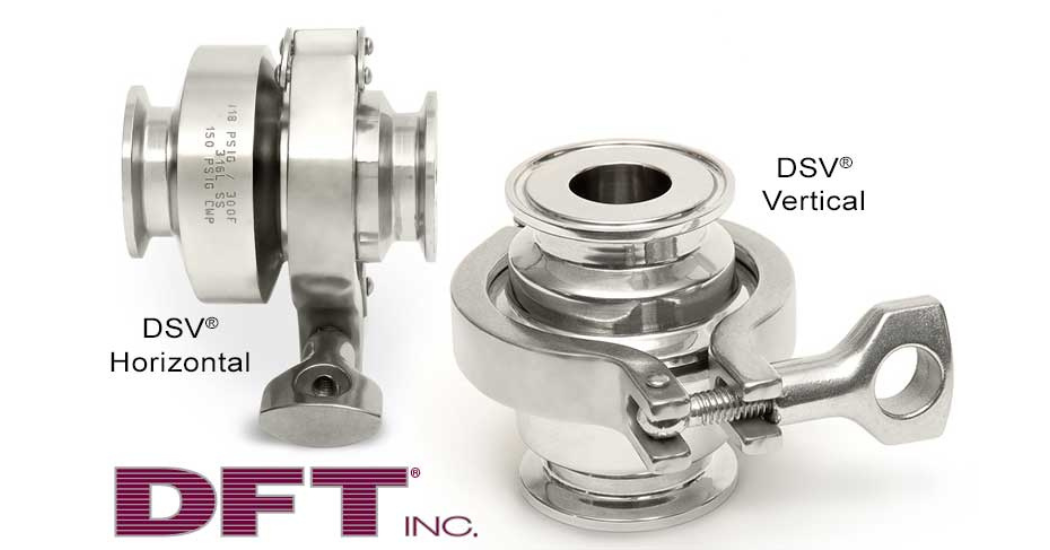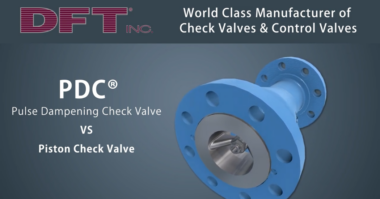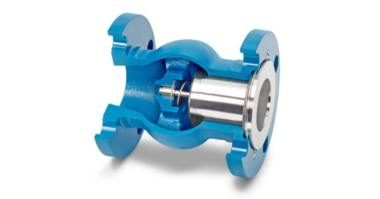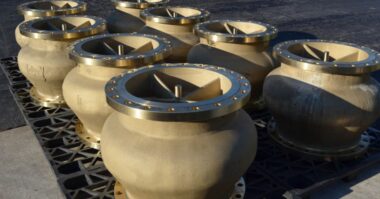Check valves are among a system’s essential components. For greatest efficiency and maximum protection, however, check valves must be properly sized in order to work at their highest level.
ALC-Wafer-Check-Valve
A properly sized check valve will make a system reliable and provide the longest service with the minimal amount of manual attention. Proper sizing will eliminate disc fluttering whether the valve’s disc is in the stable and fully open position against the internal stop, or in the fully closed position against the seat.
Properly sized check valves also contribute to overall cost savings. Appropriate sizing increases the lifespan of the valves, but also improves the longevity of pumps and other related components on the same system. Check valves that are sized correctly function well, and in the process enhance the safety of processes and applications.
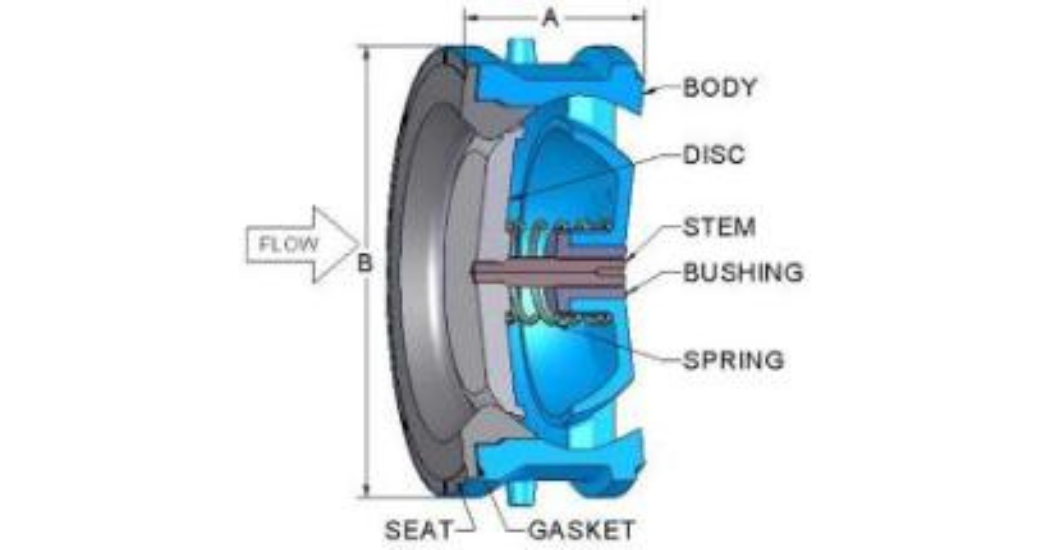 Examples of Check Valves
Examples of Check Valves
There are a variety of types and styles of check valves. These are applied to a number of processes.
- Ball checks: Ball checks control the movement of flow by using a “ball” inside the body. The ball can freely rotate, resulting in a wearing and wiping action that is suited very well to handle viscous materials. Ball checks can also be spring-loaded to safely lock a system.
- Dual plate: Dual plate valves are made of two spring-loaded semicircular plates with a hinge in the center. These valves are known for their excellent flow capacity, due to their lightweight nature and compact face-to-face dimensions. Their compact size means they need less manual attention, support, and valuable real estate in a system.
- Piston Check: Piston check valves feature a body-guided or stem-guided disc that operates within the body bore. This ensures that the disc and seat are properly aligned when the valve closes. They are available in T pattern and Y pattern body designs. The latter usually have a higher flow coefficient than T pattern bodies.
- Swing Check and Tilting Disc: Swing check valves or tilting disc valves are designed with a hinged arm at the top of the valves. Gravity and reverse flow are the chief mechanisms responsible for closing this valve. These valves come with a variety of connections, such as socket weld, flanged, threaded, ring type joint or butt weld end connections.
- Spring Assisted In-Line/Axial Flow Check: These valves are also sometimes referred to as Nozzle Check or Silent Check Valves. Their primary design function is to prevent reverse flow and reduce or even eliminate water hammer. The mechanism behind this is a spring-assisted disc, constructed in line with the flow with a short travel distance, which acts as a fast-closing valve. These valves can be installed in any position, with either vertical or horizontal pipe runs, and is available with a number of different styles and end configurations.
Correct Sizing Means Best Fluid Handling
Before purchasing valves, be sure to consider a number of factors that go with it, chief among them proper sizing. Properly sized valves will prevent malfunctions and ensure that a system operates reliably and efficiently. All related system components will last longer and safety—both for the workers and the valves—will be enhanced.
Check valves play a central role in fluid handling systems, and it is crucial to ensure that they are properly sized. Consulting a qualified professional and carefully considering your options will help you choose the best check valve, and ultimately help your bottom line. The best valve choice gets you the most out of your systems and equipment for the longest possible and most efficient performance.

